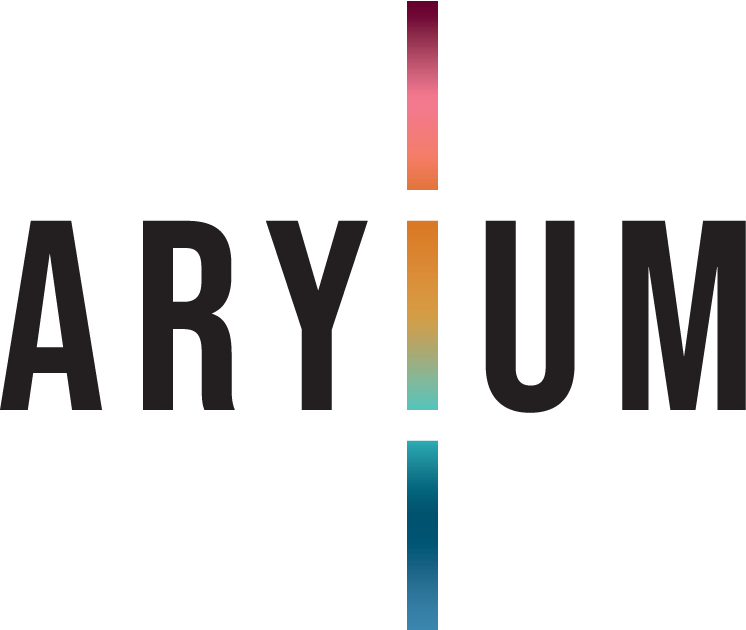Understanding RIBA and Pharma Design Schema
In the world of architecture and facility design, two distinct frameworks play a crucial role in shaping the built environment: The RIBA scheme of design and the pharmaceutical design process.
While both aim to create functional and compliant spaces, they cater to different needs and follow varying approaches. Let’s delve into the nuances of each and explore how they can provide a valuable framework for complex projects.
1. RIBA Scheme of Design: Building the Foundations
The Royal Institute of British Architects (RIBA) scheme of design serves as a guiding light for architects, engineers, and stakeholders involved in constructing buildings and structures. Here’s what you need to know:
Scope of Work
RIBA primarily focuses on building design, encompassing everything from residential homes to commercial skyscrapers.
It provides a broad framework that outlines key design stages, from concept development to construction and beyond.
Level of Detail
RIBA operates at a high level, emphasising the overall vision and strategic planning.
It ensures that architects consider essential aspects such as aesthetics, functionality, and sustainability.
Regulatory Requirements
RIBA ensures compliance with building codes and regulations.
Architects collaborate with clients and local authorities to meet safety standards and legal requirements.
Collaboration
Architects, clients, and a select group of stakeholders work together in the RIBA process.
The focus is on creativity, feasibility, and client satisfaction.
2. Pharma Design Schema: Precision for Life Sciences
When it comes to designing pharmaceutical facilities, precision and adherence to industry-specific standards are paramount. Let’s explore the pharmaceutical design process:
Scope of Work
Pharma design zeroes in on creating state-of-the-art pharmaceutical facilities.
These facilities house critical processes like drug manufacturing, research, and quality control.
Level of Detail
Pharma design delves into intricate specifics.
It considers unique requirements, such as sterile environments, containment, and specialised equipment.
Regulatory Requirements
Beyond building codes, pharmaceutical design adheres to industry-specific regulations.
cGMP (current good manufacturing practices) and safety standards are non-negotiable.
Collaboration
Pharma design involves a multidisciplinary team.
Process engineers, equipment designers, regulatory experts, and architects collaborate to create compliant and efficient spaces.
Simplifying Complexity
Both frameworks share a common goal: to ensure that facilities meet client objectives and comply with regulations. While RIBA tackles diverse building types, pharma design hones in on life sciences. Whether it’s a cutting-edge research facility or a data centre, these frameworks provide clear set of guidelines and foster collaboration in complex projects.

